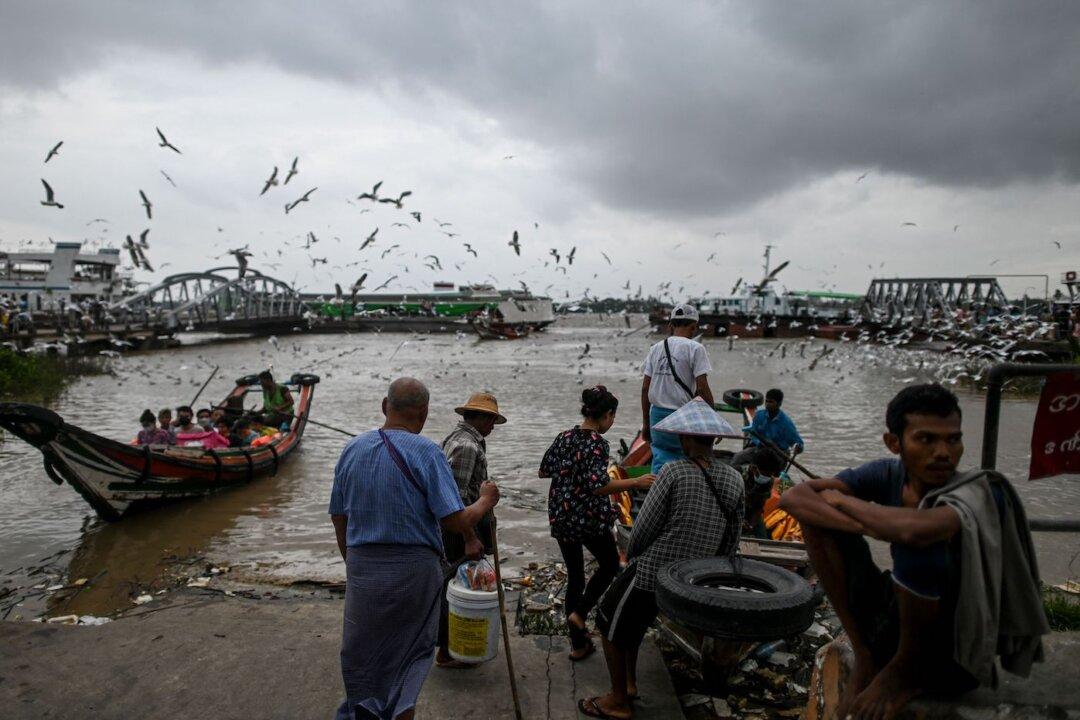Burma’s economy remains weak, and poverty is estimated to have doubled, with internal conflicts, inflation, and rapid policy shifts complicating businesses, the World Bank said on Tuesday.
Economic growth in the military-ruled country is projected to grow 3 percent in the fiscal year ending in September 2022, following an 18 percent contraction the previous year, according to the World Bank.





